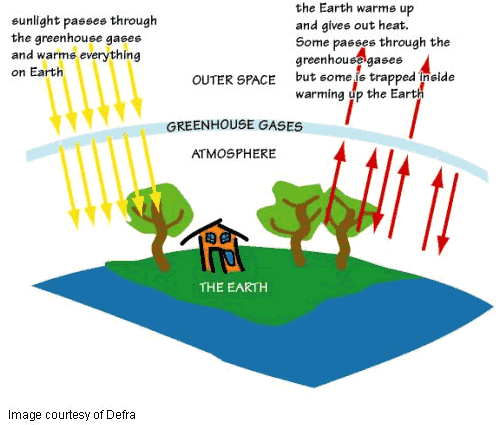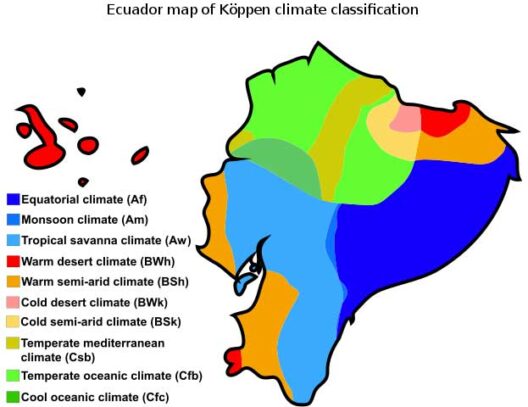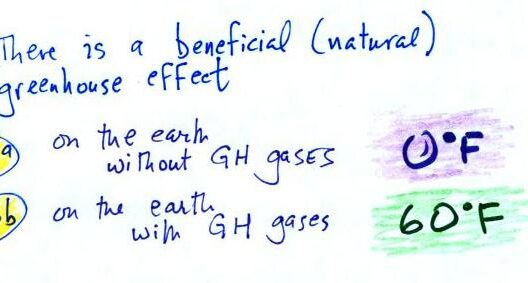The greenhouse effect is a fundamental process that maintains Earth’s temperature, allowing our planet to sustain life. At its core, this phenomenon functions like a blanket, trapping heat in the atmosphere and preventing it from escaping back into space. However, as the concentration of greenhouse gases in the atmosphere has risen, so too has our planet’s temperature, resulting in a cascade of environmental challenges. This article delves into the intricacies of the greenhouse effect, its crucial role in climate regulation, and the ways in which human activity exacerbates global warming.
To understand the greenhouse effect, it is essential to first grasp the composition of Earth’s atmosphere. Composed mainly of nitrogen and oxygen, the atmosphere also contains trace amounts of other gases, including carbon dioxide (CO2), methane (CH4), and nitrous oxide (N2O). These gases are vital, albeit in small quantities, as they contribute to the greenhouse effect. Solar radiation strikes the Earth, and while some of it is reflected back into space, a significant portion is absorbed by the surface, warming the planet.
As the Earth warms, it re-emits this energy in the form of infrared radiation. However, greenhouse gases absorb and re-radiate some of that energy, effectively trapping heat within the atmosphere. This natural mechanism is what keeps our climate stable and ensures that temperatures remain conducive to life. Without the greenhouse effect, Earth would be an inhospitable frozen wasteland, with average temperatures plummeting below freezing.
While the greenhouse effect is a natural and necessary phenomenon, human activities have dramatically intensified it, pushing the delicate balance of our climate into peril. The Industrial Revolution marked a significant turning point, introducing massive quantities of carbon dioxide into the atmosphere through the burning of fossil fuels such as coal, oil, and natural gas. Deforestation, agricultural practices, and industrial processes further contribute to the release of greenhouse gases, leading to an unprecedented rate of warming.
The increase in greenhouse gas concentrations has far-reaching consequences for the environment. One of the most alarming manifestations of this phenomenon is global warming, defined as the long-term rise in Earth’s average surface temperature. Scientific assessments show that global temperatures have risen by approximately 1.2°C since the late 19th century and are projected to continue rising if current trends persist. This increase, though seeming modest, has profound impacts on our climate systems, including changing precipitation patterns, shifting weather extremes, and rising sea levels.
Melting glaciers and polar ice caps constitute one of the most visible consequences of global warming. As temperatures rise, ice masses are succumbing to thaw, contributing to sea level rise that threatens coastal communities worldwide. Furthermore, as ocean temperatures warm, they lead to more intense storms, hurricanes, and droughts, wreaking havoc on ecosystems and human infrastructure alike.
The ramifications extend beyond physical changes to the environment. Biodiversity is at risk as species struggle to adapt to rapidly changing climates. Many ecosystems, such as coral reefs, are particularly vulnerable; increasing ocean temperatures lead to coral bleaching, jeopardizing marine life and the livelihoods of communities that depend on these ecosystems. Additionally, alterations in migration patterns disrupt the delicate food web, potentially leading to further extinctions.
Furthermore, the greenhouse effect exacerbates socio-economic inequalities. Vulnerable populations, particularly in developing countries, often bear the brunt of climate change impacts despite contributing the least to greenhouse gas emissions. These communities lack the adaptive capacity to withstand extreme weather events, leading to food insecurity, displacement, and conflict over dwindling resources.
Addressing the greenhouse effect and its implications requires both immediate actions and long-term strategies. Transitioning to renewable energy sources, such as solar, wind, and hydroelectric power, can dramatically reduce our carbon footprint. Energy efficiency in buildings, transportation, and industrial processes also plays a pivotal role in curtailing emissions. The adoption of sustainable agricultural practices can contribute to soil health while sequestering carbon, creating a more resilient ecosystem.
Moreover, reforestation and afforestation initiatives are critical. Trees absorb carbon dioxide from the atmosphere, acting as natural carbon sinks. Protecting existing forests and restoring degraded lands are essential components of combating climate change and preserving biodiversity.
Despite the daunting challenges, public awareness and education about the greenhouse effect are vital. Advocating for climate policies that target greenhouse gas reductions fosters collective responsibility and empowers individuals to make informed choices. Grassroots movements, community engagement, and collaborative efforts between nations are all essential in addressing this global crisis.
In conclusion, the greenhouse effect is an intricate and critical process necessary for maintaining life on Earth. However, human activities have exacerbated this natural phenomenon, leading to severe ecological and socio-economic consequences. Understanding the science behind the greenhouse effect and recognizing the urgency of tackling climate change are essential if we aspire to safeguard our planet for future generations. As we navigate this pivotal moment in history, a unified effort toward sustainability becomes not just desirable but essential for the continuity of life on Earth.







